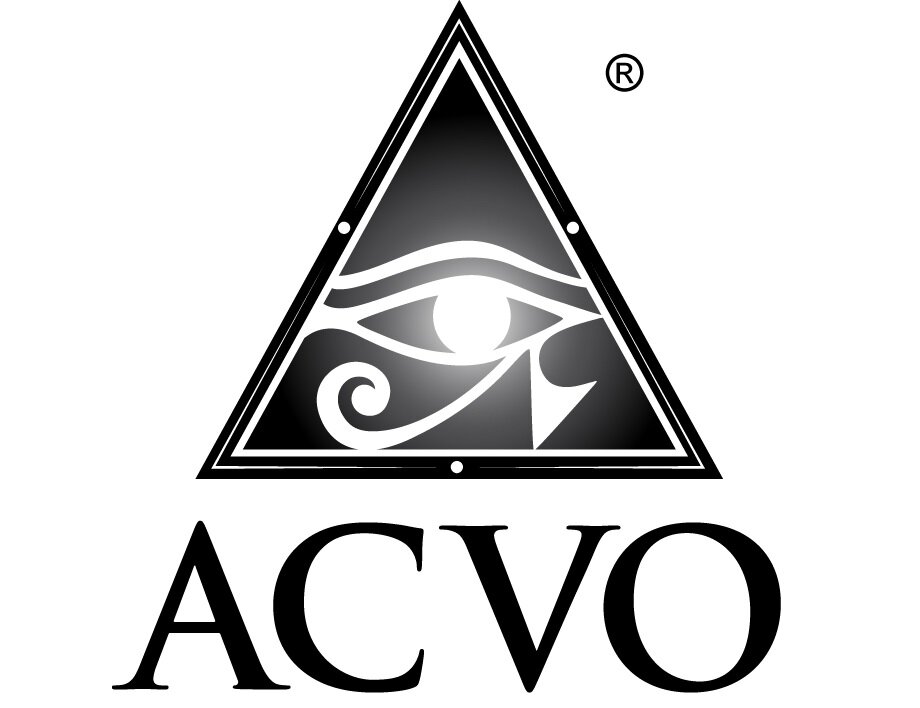Elizabethan Collar: The Cone of Fame (Not Shame)
Elizabethan Collar: The Cone of Fame (Not Shame)
An Elizabethan collar is called many things. A Buster collar. An E-collar. A lamp shade. A cone. But at some point, this conically shaped device used in veterinary medicine to prevent self-trauma, was bestowed the unfortunate nickname, “the cone of shame.”
Unfortunately many patients with eye disease will require an E-collar as they heal or recover from surgery. This device can allow for an injury or surgery site to heal routinely and thereby prevent invasive and expensive surgery if a complication occurs due to self trauma such as infection or opening of a surgery site due to suture dehiscence. Therefore, owners should view the E-collar as a helpful tool in their pets’ recovery.
Fabric or inflatable E-collars are typically unacceptable. With fabric or inflatable E-collars, the head and face are still exposed, and pets, especially dogs, can still rub their eyes on the carpet or couch and into pillows and blankets. Therefore, a firm, plastic E-collar must be used. And so, in these cases, objections arise from the patients and even more so, their owners. The following are common complaints heard by most veterinarians and veterinary ophthalmologist and our respective counterpoints:
“I have been watching and my dog does not rub.” Unfortunately, you cannot watch your pet 24/7. There will be times that they are out of sight. You might be in another room or need to run an errand. Also, pets may involuntary rub their eyes while they (and you) are sleeping.
“My pet will not wear an E-collar.” Although some pets can experience E-collar-associated depression or may attempt to remove the E-collar after it is placed, most pets will become tolerant of the E-collar. Patience and positive reinforcement are very helpful during this period of adjustment.
“My pet cannot eat or drink with it on.” This concern can be alleviated by making sure your pet has the appropriate E-collar size. An excessively long E-collar will make it difficult for your pet to eat or drink. A properly fitted E-collar will extend to the tip of your pet’s nose. This length should allow your pet access water and food bowls, without also allowing them access to their eyes.
“My pet cannot get through the dog door.” Depending on the underlying disease, it may be ill-advised to allow your dog to be unsupervised outside during his or her recovery. Therefore, you will want to discuss this concern and possible alternatives with your veterinarian. If your veterinarian supports dog-door access, then there are different types of plastic E-collars that may work (see below).
A possible solution to many of the above concerns is a new protective device developed as an alternative to the E-collar. Specifically, the Optivizor(™) and Novaguard(™) are designed to protect face while also:
Fitting the curvature of the dog’s head. This allows the device to be more streamlined and prevents your pet’s E-collar from hitting (and possibly damaging) walls, furniture and your own legs.
Allowing your dog to see and hear clearly. The material is transparent and there are also openings for your dog’s ears so that they sit outside the device. Not only does this help with your pet’s hearing but may also help prevent ear infections.
Letting your dog use the dog door (if indicated).
We know that the E-collar can be difficult and frustrating. Please know that it is temporary and in your pet’s best interest. As there are now different options available, you can work with your veterinarian to find an E-collar that works for both your pet and your family.

